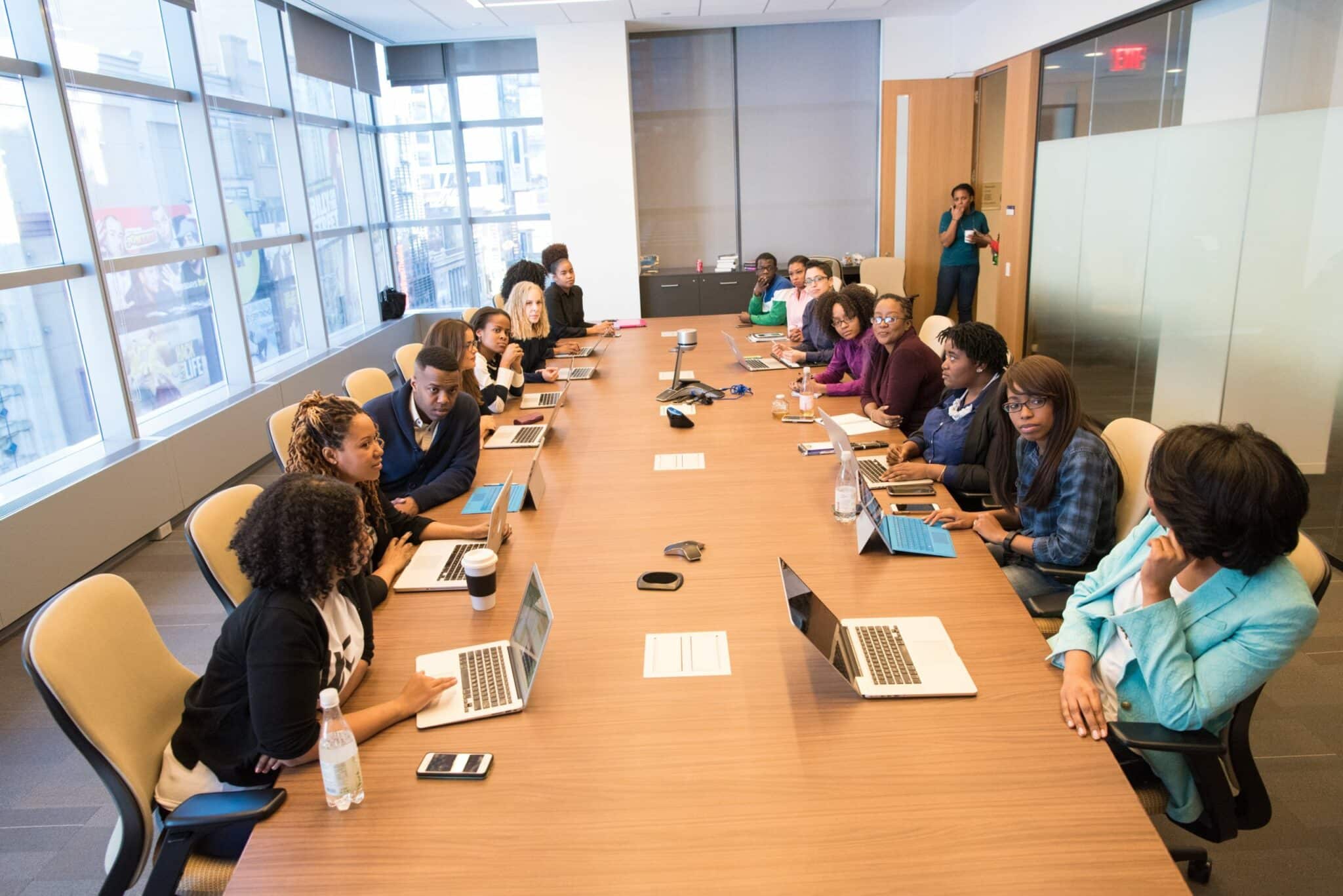The Relationship Between Diversity and Organizational Resilience

Diversity is one of the many aspects of a business that adds to its resilience. Diversity can be observable (i.e., race, ethnicity, age, gender) or unobservable (i.e., knowledge, experience). A recent article in Business Research highlighted the ways in which diversity can add to resilience. The authors conducted 11 interviews with HR managers who were also diversity experts. The article describes ways in which diversity can develop organizational resilience and help solve organizational problems.
- Diverse teams (in terms of experience, industry tenure, educational background) better reflect and know the market. They tend to be better at scanning their environments. They also tend to be more innovative, creative, and productive.
- When it comes to assessing a problem, diverse teams can offer different perspectives. They are less likely to produce groupthink. Diverse teams allow problems to be addressed more critically. When problems cannot be solved with a company’s current approach, such teams create new solutions with interaction of various types of people, broad knowledge, and creativity in making use of limited resources.
- Diverse teams can oftentimes lead to better post-mortem reflection. They allow for development of new capabilities. Diverse teams come with diverse viewpoints which allow for the generation and analyzation of a larger number of potential causes of a work problem.
The authors suggest that organizations utilize Resilience-enhancing Diversity Management (REDM). REDM consists of three components. The first is diversity culture. Diversity should be truly valued and embraced. This involves open and frank discussions about diversity. The second component is that managers should purposefully create diverse groups to maximize performance. Managers should identify what a group needs to be effective and what gaps exist in this group in terms of diversity. Ideally, a diverse group should be diverse in viewpoints, experiences, and knowledge to promote team success. Finally, the third component of REDM emphasizes the importance of certain leadership qualities. Leaders should use transformational leadership, which refers to inspiring employees to adopt organizational values as their own. Transformational leadership goes beyond simply managing employees. This type enhances resilience and generally makes people feel good.
Duchek, S., Raetze, S. & Scheuch, I. (2020) The role of diversity in organizational resilience: A theoretical framework. Business Research, 13, 387-423.
